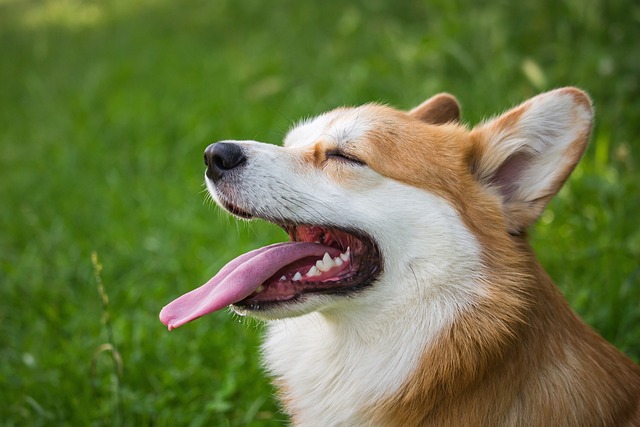
What vitamin is good for dogs' skin
Seeing your dog constantly scratch or noticing dry, flaky skin can make you wonder if a simple vitamin might be the solution.
A sudden increase in your dog’s water intake can catch you off guard. One day they’re lapping up their usual amount, the next they’re draining the bowl multiple times a day. It’s natural to wonder what’s behind this change.
Dogs, like humans, can have days where they’re thirstier than normal. Hot weather is a common culprit. When temperatures rise, your pup pants more to cool down, losing moisture that needs replacing. A long play session at the park or a lively walk can also leave them reaching for their water bowl more often.
Diet changes might play a role too. If you’ve recently switched to a drier kibble or started adding more salty treats, that could make your dog drink more. Dry food has less moisture than wet food, so their bodies compensate by seeking extra water. Just be mindful of treats—some commercial ones are high in sodium, which isn’t great for their health long-term.
Certain medications can increase thirst as a side effect. If your vet recently prescribed something new, check the label or ask about potential changes in drinking habits. Never stop a medication without consulting them first, though.
Health issues are another consideration. Conditions like diabetes, kidney disease, or thyroid problems can cause excessive thirst. These aren’t things to panic over immediately, but they do need attention. If the increased drinking lasts more than a day or two, it’s wise to schedule a vet visit.
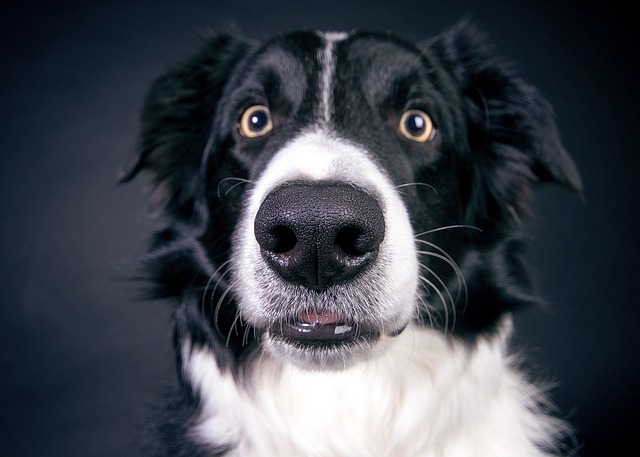 Age matters too. Puppies and senior dogs might drink more for different reasons. Puppies are growing and active, burning through energy quickly. Seniors, on the other hand, may develop age-related conditions that affect their water needs.
Age matters too. Puppies and senior dogs might drink more for different reasons. Puppies are growing and active, burning through energy quickly. Seniors, on the other hand, may develop age-related conditions that affect their water needs.
It’s important to keep an eye on other symptoms. Is your dog urinating more frequently? Are they lethargic or losing weight? These signs, paired with increased thirst, are worth mentioning to your vet. Early detection of health issues often leads to better outcomes.
When it comes to water access, make sure your dog always has clean, fresh water available. That’s not just good care—it’s required in many places. Local regulations often emphasize providing adequate water for pets, so keeping their bowl filled is part of responsible ownership.
Be aware of your surroundings. If you live in an area with extreme temperatures, adjusting water availability is key. On hot days, placing multiple bowls around the house or yard ensures your dog doesn’t have to go far to quench their thirst.
Exercise routines affect hydration too. A longer hike or a game of fetch that goes on a bit longer than usual will leave your dog thirsty. It’s a normal response, but pay attention to how quickly they drink—guzzling too fast can lead to stomach issues.
If you’re concerned, track their intake. Note how much they drink each day and any other changes in behavior. This information will help your vet make a more accurate diagnosis. Remember, it’s better to be cautious when it comes to your furry friend’s health.
Changes in routine can also trigger more drinking. Moving to a new home, having guests over, or even a shift in your work schedule can stress your dog. Stress affects their bodies in various ways, and increased thirst is one possible sign.
Always trust your instincts. You know your dog best. If something feels off, don’t hesitate to seek professional advice. Most of the time, increased thirst is harmless, but it’s better to rule out any serious issues.
Providing a consistent supply of clean water, monitoring their habits, and staying alert to changes are all part of being a responsible dog owner. Your attention to these details helps keep your pup happy and healthy for years to come.

Seeing your dog constantly scratch or noticing dry, flaky skin can make you wonder if a simple vitamin might be the solution.
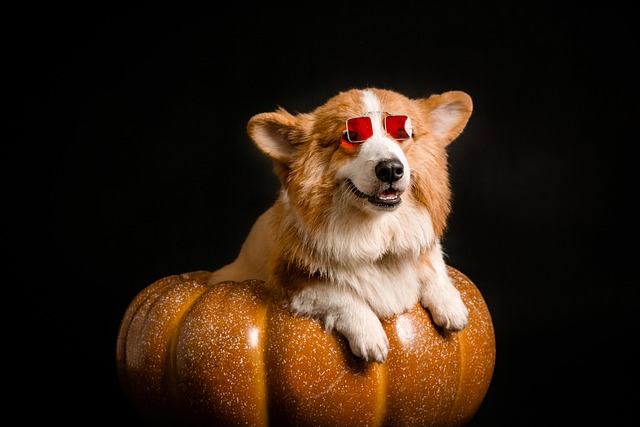
If you’re a new dog parent in the US—maybe you’re sitting on your Portland apartment couch, staring at your 1-year-old Australian Shepherd
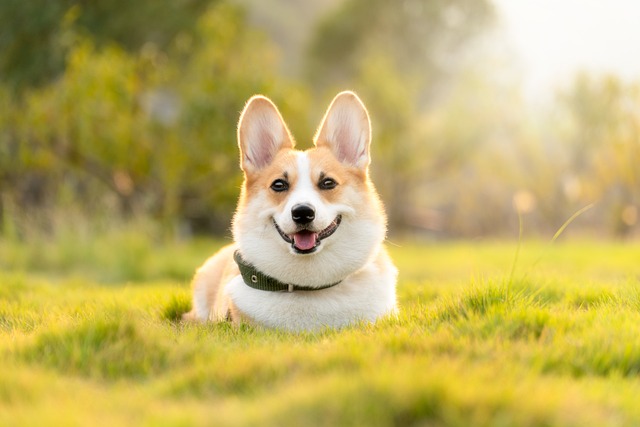
If you’re a new dog parent in the US—maybe you’re sitting on your Atlanta apartment floor, holding your 6-week-old Beagle puppy, Daisy, who’s curled up in your lap
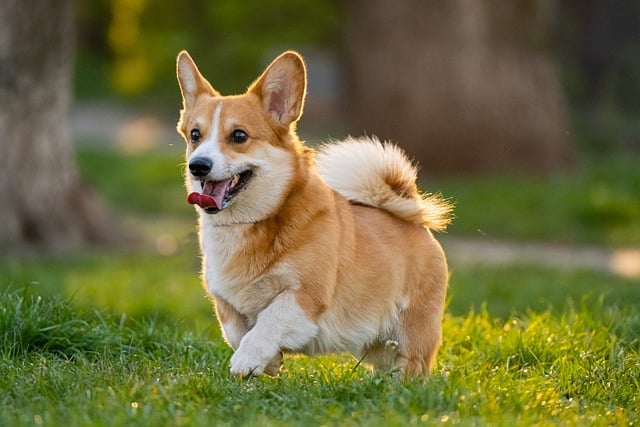
If you’re a new dog parent in the US—maybe you’re standing in your Denver apartment’s kitchen, staring at a bag of high-quality puppy kibble and a bottle
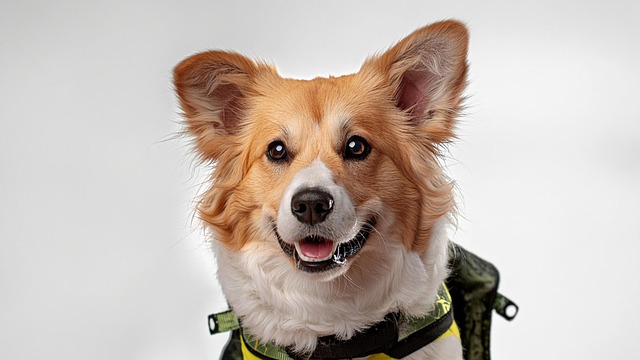
Seeing your puppy grow daily is amazing, and it’s natural to want to give them every advantage, including supplements.
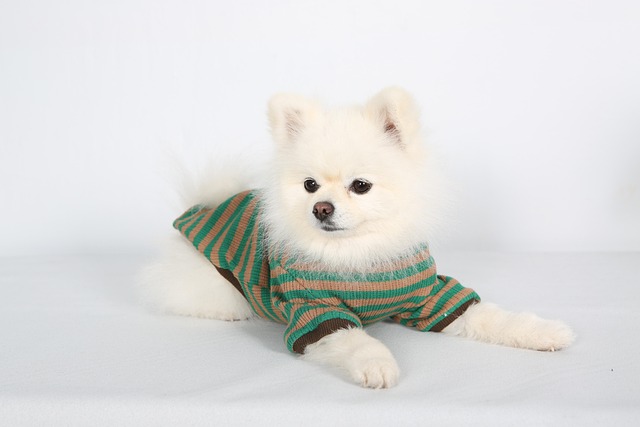
Brown stains on white dog fur aren’t just unsightly—they can also hint at underlying issues like tear duct irritation or poor grooming habits, which matter even more when you’re following local pet care laws.